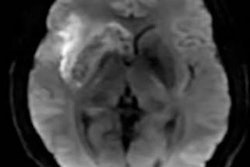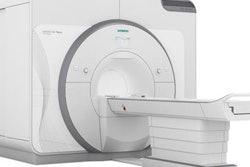Wednesday, November 28 | 10:30 a.m.-10:40 a.m. | SSK03-01 | Room S102CD
Researchers from Germany and the U.S. have discovered that coronary CT angiography (CCTA), cardiac MRI, and transthoracic echocardiography have comparable accuracy in predicting stroke recurrence.The group, led by Dr. Joseph Schoepf from the Medical University of South Carolina, reviewed the imaging data of patients suspected of having a cardioembolic stroke and who underwent CCTA, MRI, or transthoracic echocardiography (TTE) exams between January 2013 and May 2017. Among 163 patients, there were 28 cases of recurrent stroke.
All three imaging modalities demonstrated a similar diagnostic performance for predicting stroke recurrence, with high specificities and negative predictive values. CCTA had the highest sensitivity and TTE had the highest specificity, though the differences were marginal and not statistically significant. The diagnostic accuracies for the modalities were all approximately 50%.
"CCTA, cardiac MRI, and TTE have a comparably high specificity and negative predictive value to exclude cardioembolic stroke recurrence," presenter Dr. Simon Martin told AuntMinnie.com.
The comparable performance among these three imaging modalities gives physicians the opportunity to determine the most suitable option for each case.
"The choice of diagnostic technique should be based on expertise and available resources of the institution and on patients' clinical conditions," Martin said.


.fFmgij6Hin.png?auto=compress%2Cformat&fit=crop&h=100&q=70&w=100)





.fFmgij6Hin.png?auto=compress%2Cformat&fit=crop&h=167&q=70&w=250)











